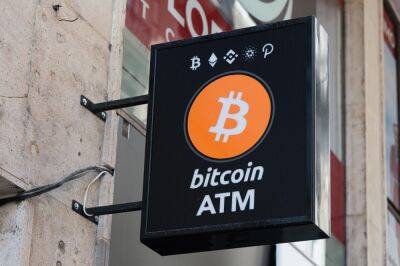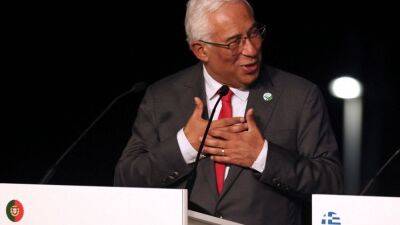What are proof-of-reserves audits, and how do they work?
With the rising interest in digital assets from institutional and retail investors, custody options have also experienced parallel growth. As a result, different kinds of custody choices have evolved as the market changes, and new providers are working to establish the structures and controls that are most effective for particular markets and offerings.
Self-custody, exchange wallets and third-party custodians are the various choices available for users to safeguard their cryptocurrencies. Custodians in the world of digital assets function similarly to traditional financial markets in that their primary duty is to take care of and protect their clients’ assets by holding the private key on behalf of the asset holder, preventing unauthorized access.
However, despite such efforts, events such as the collapse of FTX (a cryptocurrency exchange and crypto hedge fund) and the liquidation of Three Arrows Capital (a cryptocurrency hedge fund) shocked the cryptocurrency industry. They made people question the reliability and integrity of crypto custodians.
To ensure the financial soundness of custodians, a proof-of-reserves (PoR) audit confirms that the company’s on-chain holdings are identical to the client assets listed on the balance sheet, reassuring customers that the business is solvent and liquid enough to continue business with them.
This article will discuss what is a proof-of-reserves audit, why proofs of reserves are important, how to access the proof of reserves, and how to verify proofs of reserves.
In traditional finance, reserves are a company’s profits kept aside to utilize in unforeseen circumstances. In contrast, in the crypto space, a proof of reserves refers to an independent audit conducted by a third party to
Read more on cointelegraph.com





















